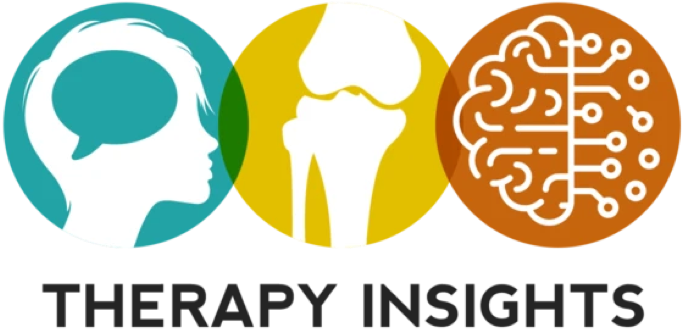Handout
Understanding and Explaining Test Scores with Use of a Bell Curve
— US Letter — 2 pages
AdultOTSLP
This resource provides education on terms related to testing, an area to discuss a patients’ strengths/weaknesses with them (or have them write their own for awareness), and a bell curve to explain results to patients and caregivers following evaluation.
